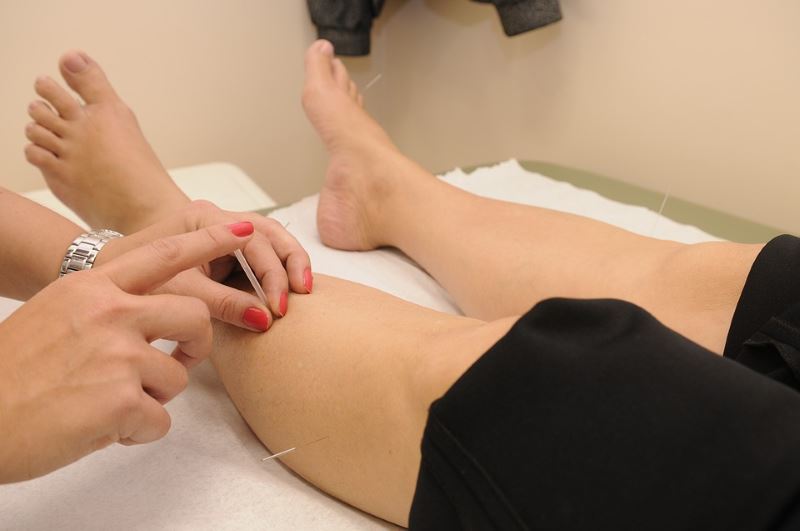
Intramuscular Stimulation (IMS)
Intramuscular Stimulation (IMS)
In this article I am going to focus on the treatment of chronic muscle and nerve pain and why it can be so difficult to find a solution for this type of pain. It is estimated that over one third of the adult population in North America suffers from chronic pain. That is a staggering statistic! This means that 1 of out of every third person out on the street is dealing with ongoing daily pain. Research shows that suicide is nine times more prevalent in people with chronic pain than with depression and it is estimated that in the United States, chronic pain affects more people than diabetes, cancer and heart disease combined.
So is chronic muscle and nerve pain so common? To understand this question we have to look at the gradual process that happens to all of our bodies to some degree over many years. As harsh as it sounds, the reality is that as we age our bodies are slowly ‘rotting’. By the time we reach our 50’s and 60’s we will all get some amount of arthritis in our spine. How fast we ‘rot‘ depends on a variety of factors including our overall fitness levels, nutrition, the types of jobs we do, family genetics and any traumatic injuries we sustain along the way ie. motor vehicle accidents. As the arthritis in the spine progresses, the nerves that exit the small spaces between each spinal bone (vertebrae) start to become irritated. In response to this irritation, the muscles that these nerves supply then start to form tight bands. These bands are the ‘knots’ you feel when you rub sore muscles. The muscle bands not only cause pain but they also begin to pull at joints and tendons as well as compress the already sensitive nerves at the spine. These tight bands often do not respond to traditional treatment approaches such as stretching, massage and spinal manipulation.
A form of treatment that has been gaining popularity in the last 5 to 10 years for chronic muscle and nerve pain is Intramuscular Stimulation (IMS). This treatment technique was developed by a Doctor in Vancouver by the name of Dr. Chan Gunn. Dr. Gunn developed this technique while working with people who were injured on the job and whose pain was not going away with traditional treatment approaches. What he found in these patients was that by stimulating their tight muscles with an acupuncture needle, the pain very often significantly improved or in many cases disappeared.
So the key to addressing this chronic pain process is to release the muscle tension. In an IMS treatment, when the needle enters the taut band the muscle will ‘grab’ the needle and a deep, cramping sensation is felt. Once the muscle grabs it then typically will ‘reset’ itself and begin to relax. When the tight muscle relaxes, a decrease in pain should follow. IMS is now being recognized and used by physiotherapists and doctors around the world to treat chronic pain of musculoskeletal origin. If you are suffering from ongoing muscle or nerve pain and haven’t had success with traditional types of treatment, IMS may be worth trying. For more information about IMS visit:www.istop.org

Graham Gillies is a registered Physiotherapist at Sun City Physiotherapy Winfield and is a fellow of the Canadian Academy of Manipulative Therapy and a certified Gunn IMS and acupuncture practitioner.
